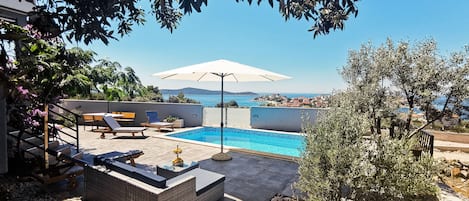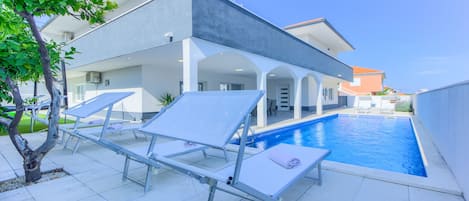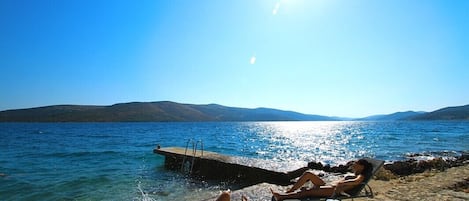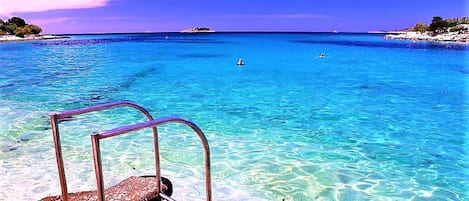一棟貸し
アドリア海のヴィラパール - 海から10メートルの所で、発見されていない人々を発見
Villa Pearl of the Adriatic - discover some undiscoverd(10 meters from sea)
トロギールにあるプライベートプールとキッチンを備えたヴィラ
アドリア海のヴィラパール - 海から10メートルの所で、発見されていない人々を発見の写真ギャラリー





口コミ
10段階中10
最高に素晴らしい
一棟貸し
ベッドルーム 4 室バスルーム 3 室定員 11 名150 ㎡
人気の設備とサービス
日付を指定して料金を検索
この施設について
施設の設備
類似した宿泊施設

美しい海の景色を望む平和のオアシス
美しい海の景色を望む平和のオアシス
- プール
- キッチン
- 洗濯機
- 冷房
10 段階中 9.8、最高に素晴らしい、口コミ 20 件 件の口コミ
ポリシー
重要事項
ご宿泊に際して
施設の定める利用規約に従って、追加ゲスト料金がかかる場合があります
場合により、チェックイン時に政府発行の写真付き身分証明書と付随費用精算のためのクレジットカード / デビットカードのご提示、または現金でのデポジットのお支払いが必要です
宿泊施設への要望は、チェックイン時の状況によりご希望に添えない場合があり、内容によっては追加料金が発生することがあります。対応は確約ではございませんのでご了承ください
敷地内でのパーティーやグループイベントの開催は固く禁止されています
施設における一酸化炭素検知器の有無について、オーナーから情報提供はありません。ポータブル検知器の持ち込みをご検討ください
施設における煙感知器の有無について、オーナーから情報提供はありません
この施設には、バルコニー、パティオ、テラスなど安全面からお子様に適さない可能性がある屋外スペースがあります。ご心配な場合は、ご到着前に施設にお問い合わせの上、適切な客室に宿泊できるか確認することをおすすめします。
この施設は弊社のパートナー企業 Vrbo (バーボ) が管理しており、Vrbo より、予約を変更・キャンセルする場合にご利用いただく Vrbo アカウントへのリンクを記載したメールが届きます
宿泊施設の別名
Villa Pearl Adriatic Discover Some Undiscoverd
Pearl Adriatic Discover Some
Villa Pearl of the Adriatic Discover Some Undiscoverd
周辺地域について
Split-Dalmatia, drvenik mali








